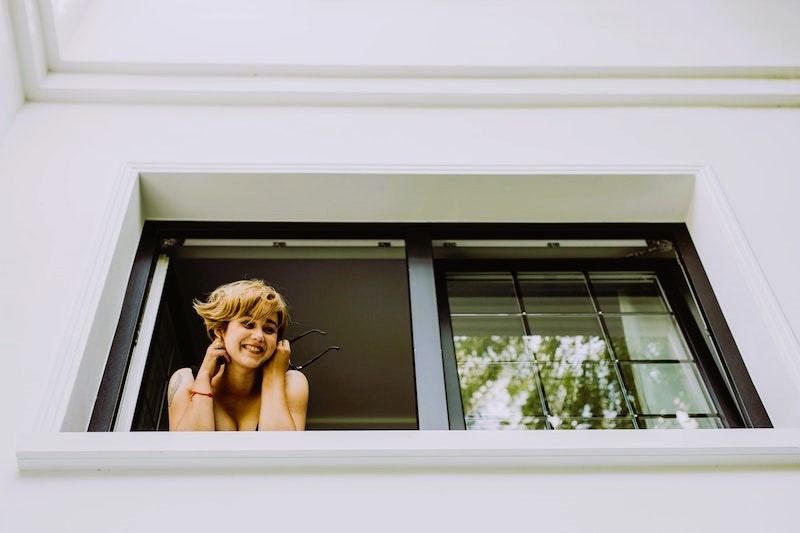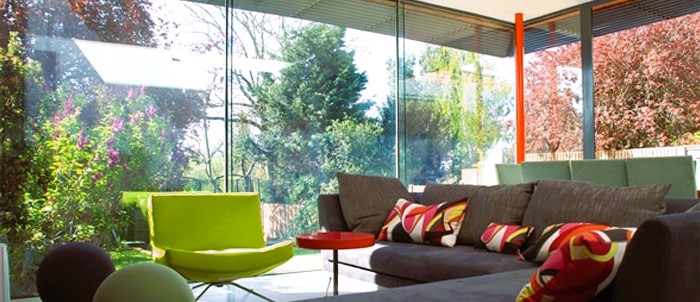
The Impact of Window Design on Northern Lights Photography
The northern lights, or aurora borealis, are a breathtaking natural phenomenon that draws photographers from around the world to capture its beauty. However, for photographers who wish to photograph the aurora borealis from the comfort of indoors, the design of their windows can significantly impact the quality of their images. In this article, we’ll explore the impact of window design on northern lights photography and how photographers can optimize their window setup to capture stunning images of the aurora borealis.
Understanding Window Design
Window design encompasses various elements, including size, shape, frame material, and orientation, all of which can influence the visibility and clarity of the aurora borealis from indoors. Here are some key factors to consider:
- Window Size: Larger windows provide a broader field of view, allowing photographers to capture more of the aurora borealis in their images. Floor-to-ceiling windows or expansive picture windows are ideal for aurora photography, as they offer unobstructed views of the night sky.
- Window Shape: The shape of windows can affect the composition of aurora photographs. Wide, rectangular windows are well-suited for capturing panoramic views of the northern lights, while tall, narrow windows may limit the photographer’s framing options.
- Frame Material: The material used in window frames can impact the clarity and color rendition of aurora photographs. Opt for frames made of materials with minimal distortion, such as aluminum or fiberglass, to ensure that the aurora borealis appears sharp and true to life in your images.
- Orientation: The orientation of windows relative to the direction of the aurora borealis can determine the frequency and intensity of aurora sightings from indoors. North-facing windows offer the best chance of observing the northern lights, as they provide a direct view of the aurora’s primary direction of movement.
Optimizing Window Design for Photography

To optimize window design for northern lights photography, photographers can take several steps to enhance visibility and image quality:
- Maximize Window Size: Whenever possible, choose windows with large, expansive glass surfaces to maximize visibility of the aurora borealis. Floor-to-ceiling windows or panoramic glass walls offer the best opportunities for capturing sweeping views of the northern lights.
- Minimize Frame Obstructions: Select window frames with slim profiles and minimal obstructions to minimize interference with the photographer’s field of view. Thin aluminum or fiberglass frames are ideal for minimizing distortion and maximizing clarity in aurora photographs. Improve the aesthetic appeal of your home with windows, learn more here.
- Positioning and Orientation: Position your camera near windows that offer a clear, unobstructed view of the northern horizon, where the aurora borealis is most commonly observed. Orient your camera and tripod to align with the direction of the aurora’s movement for optimal composition and framing.
- Use of Filters: Consider using polarizing filters or neutral density filters to enhance contrast and color saturation in your aurora photographs. These filters can help reduce glare and atmospheric haze, resulting in sharper and more vibrant images of the northern lights.
Conclusion
The design of windows plays a crucial role in northern lights photography, impacting visibility, clarity, and composition of aurora images captured from indoors. By selecting windows with large glass surfaces, minimal frame obstructions, and optimal orientation relative to the aurora borealis, photographers can maximize their chances of capturing stunning images of this mesmerizing natural phenomenon. For more information on window design and photography techniques, consult reputable sources such as Wikipedia. These resources offer valuable insights and guidance to help photographers optimize their window setup for northern lights photography and capture the beauty of the aurora borealis in all its splendor.